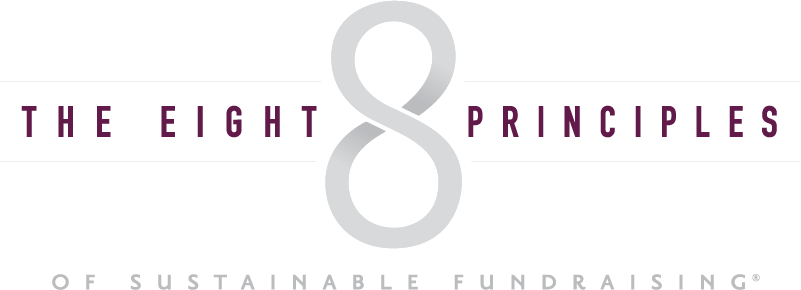![]() Recently, in The Chronicle of Philanthropy, an op-ed appeared bemoaning the growing number and size of donor advised funds. Donor advised funds have been with us for a very long time vis a vis the many community foundations across the country. With the entry of investment firms into this market, the growth has been almost explosive and continues to escalate.
Recently, in The Chronicle of Philanthropy, an op-ed appeared bemoaning the growing number and size of donor advised funds. Donor advised funds have been with us for a very long time vis a vis the many community foundations across the country. With the entry of investment firms into this market, the growth has been almost explosive and continues to escalate.
The author of the op-ed strongly suggests that these investment firms are not appropriate places for donors to create their philanthropic funds and even went to so far as to urge that government do something to “discourage” the growth of or “restrict” the use of such funds—that is those held by private investment firms. Hmmmm.
It is true that donor advised funds are experiencing dramatic growth. And, true, the trend is upward. The salient question however, is why? In answering this question I submit that it’s more about what nonprofit organizations aren’t doing rather than what private investment firms are.
First, an implicit assumption in the “bad guy-good guy” argument is that philanthropy is static. It is not. The econometric research clearly shows that philanthropy is elastic and is directly responsive to the level of engagement of the donor by the charitable organization. Therefore it is not a matter of re-dividing a predetermined pie of “giving” toward someone’s idea of more “acceptable” giving.
Second, the implication is that somehow, some way, donor advised fund managers can convince donors to do something that—in their right mind—they wouldn’t do. Donors drive philanthropy. Indeed, Donors are the Drivers(TM) is the first principle in The Eight Principles of Sustainable Fundraising®. Donors make their own decisions. Donor advised fund managers aren’t Svengali’s and donors aren’t zombies.
Although I’m not a “fan” of donor advised funds, neither do I think they are the boogeyman. The money that is flowing to these funds isn’t, for the most part, money that would be given to philanthropic purposes elsewhere. It’s also not money that will come to current operations as these funds are quasi or permanent endowments.
Donor research continues to demonstrate that donors would–and will–give more IF they are properly engaged by charitable organizations. Therein lays the real challenge–getting charitable organizations to engage donors rather than continually enticing them with transactions, attempting to “convince” them with draconian statistics and keeping them at arm’s length, rather than treating them as the organizational owners that they really are. This, to me, is the real tragedy.


